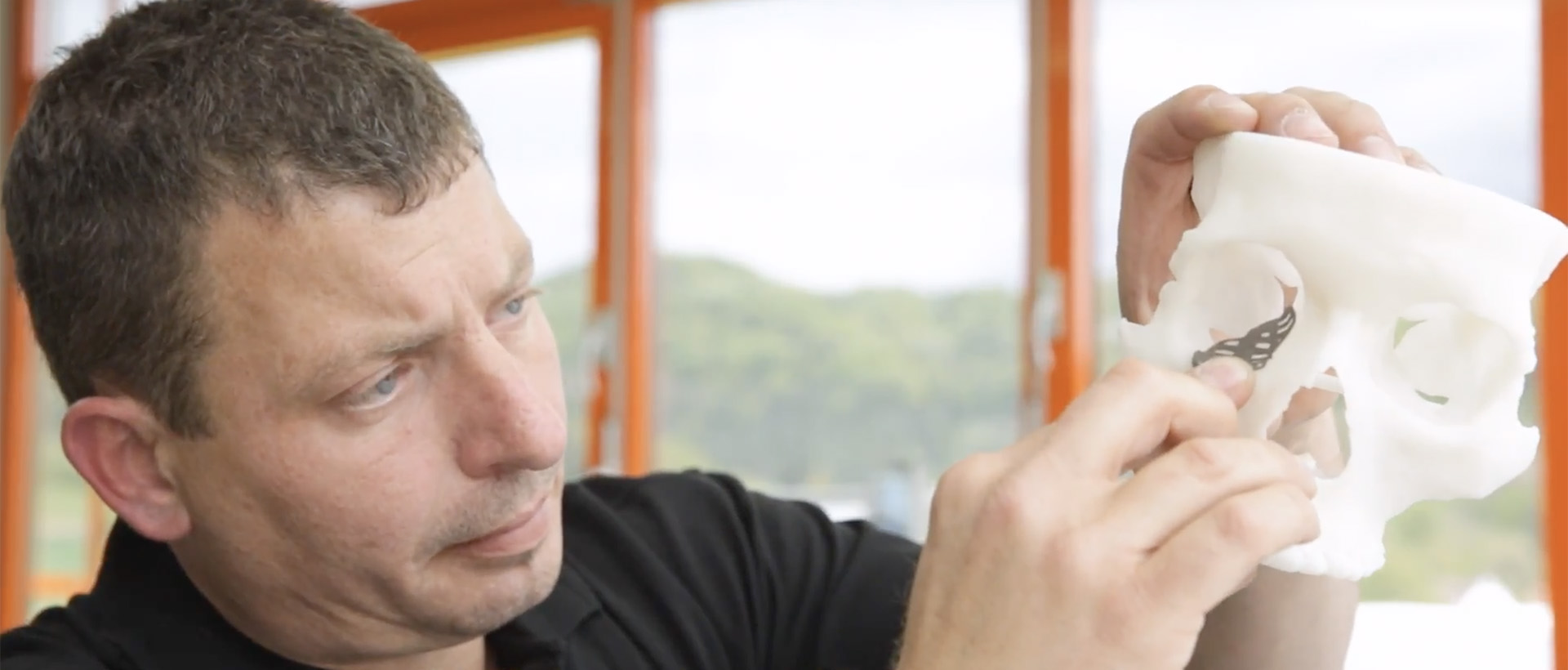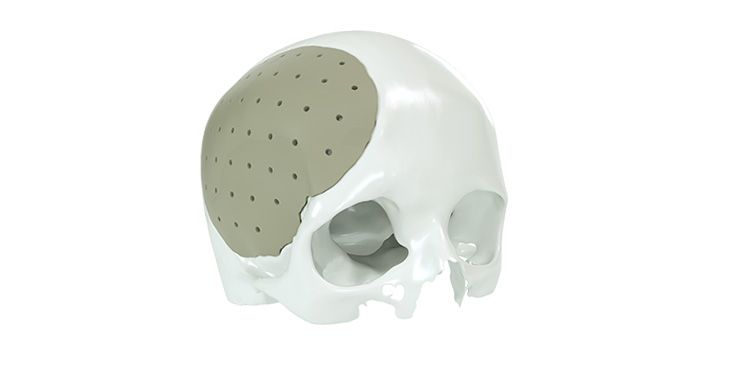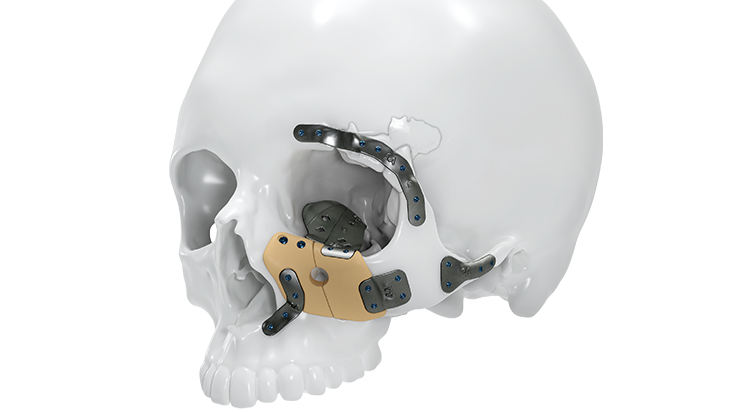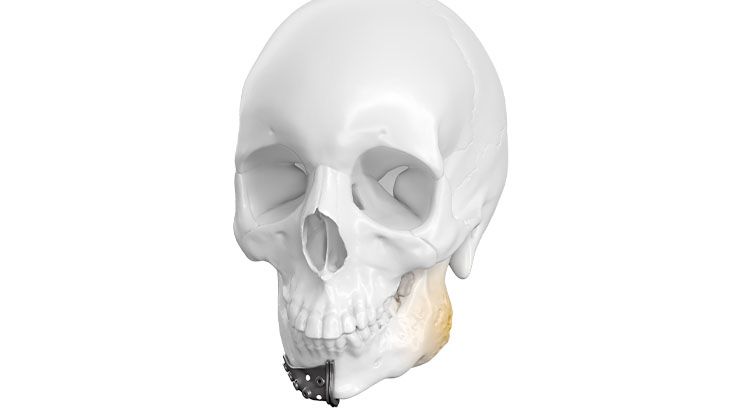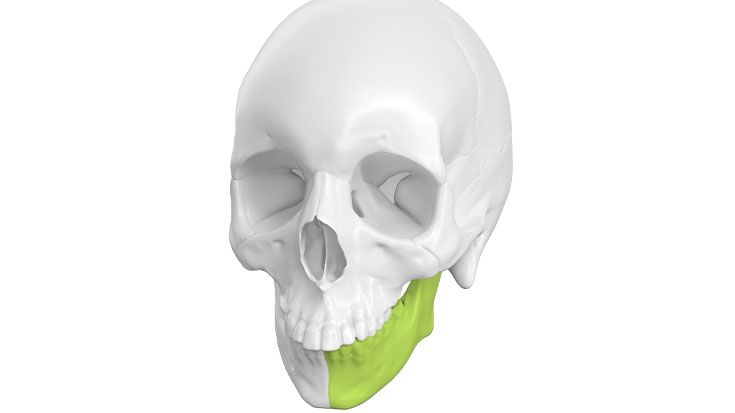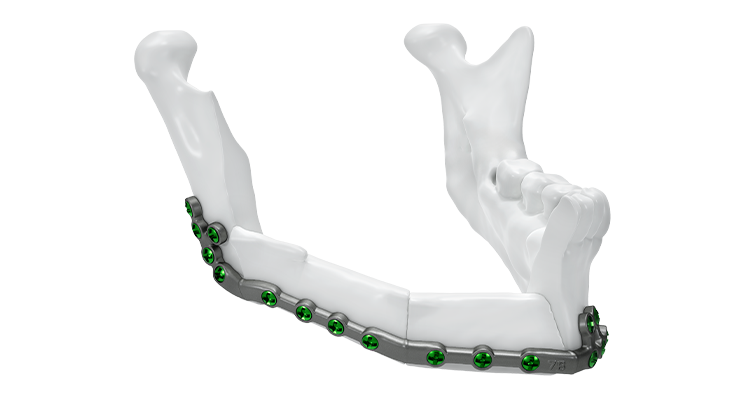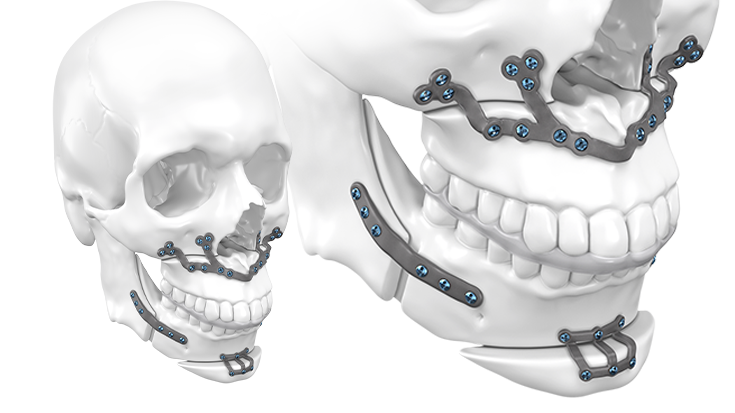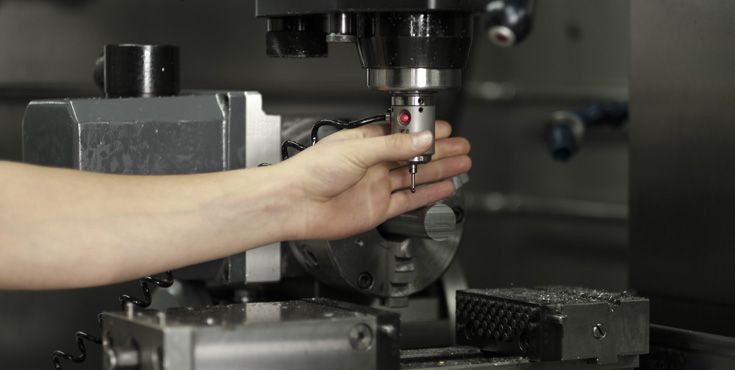Selective laser sintering and stereolithography
Selective laser sintering and stereolithography also count as generative manufacturing processes. Selective laser sintering (SLS) follows the same functional principle as selective laser melting, the difference being that the starting materials used are all materials with thermoplastic properties. Resin powder (e.g. polyamide (PA)) is a frequently used material. Drilling and marking gauges or anatomical models are manufactured using this method.
In stereolithography (SLA), the workpiece is positioned in a photopolymer liquid bath (e.g. epoxy resin) in which it is slowly immersed deeper and deeper. During each step, a laser passes over the starting material to harden it in thin layers in order to create the desired shape.
The stereolithography process is the 3D printing process that has been in use for the longest amount of time, so we have gained a considerable amount of experience. In general, this method is used for fabricating anatomical models.



